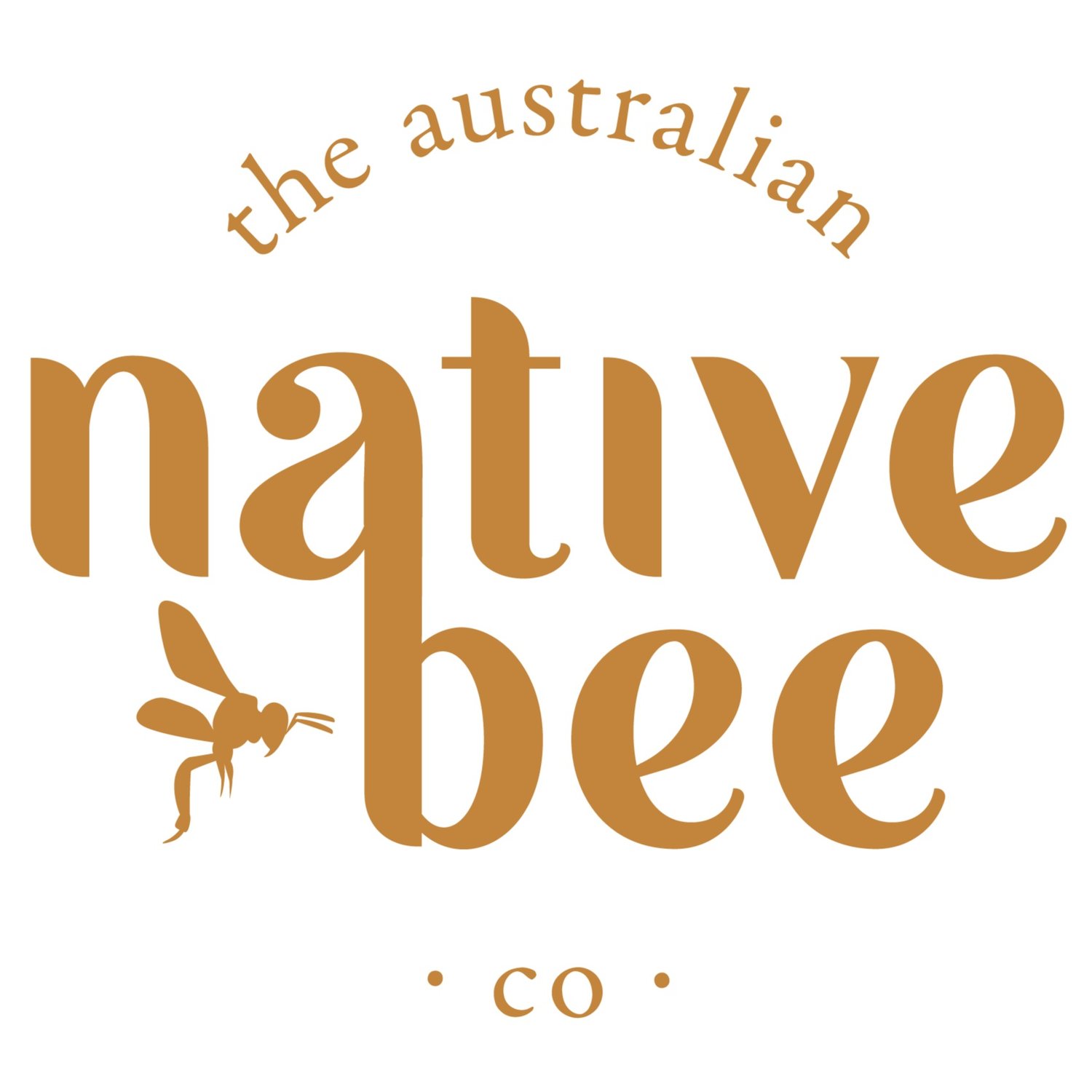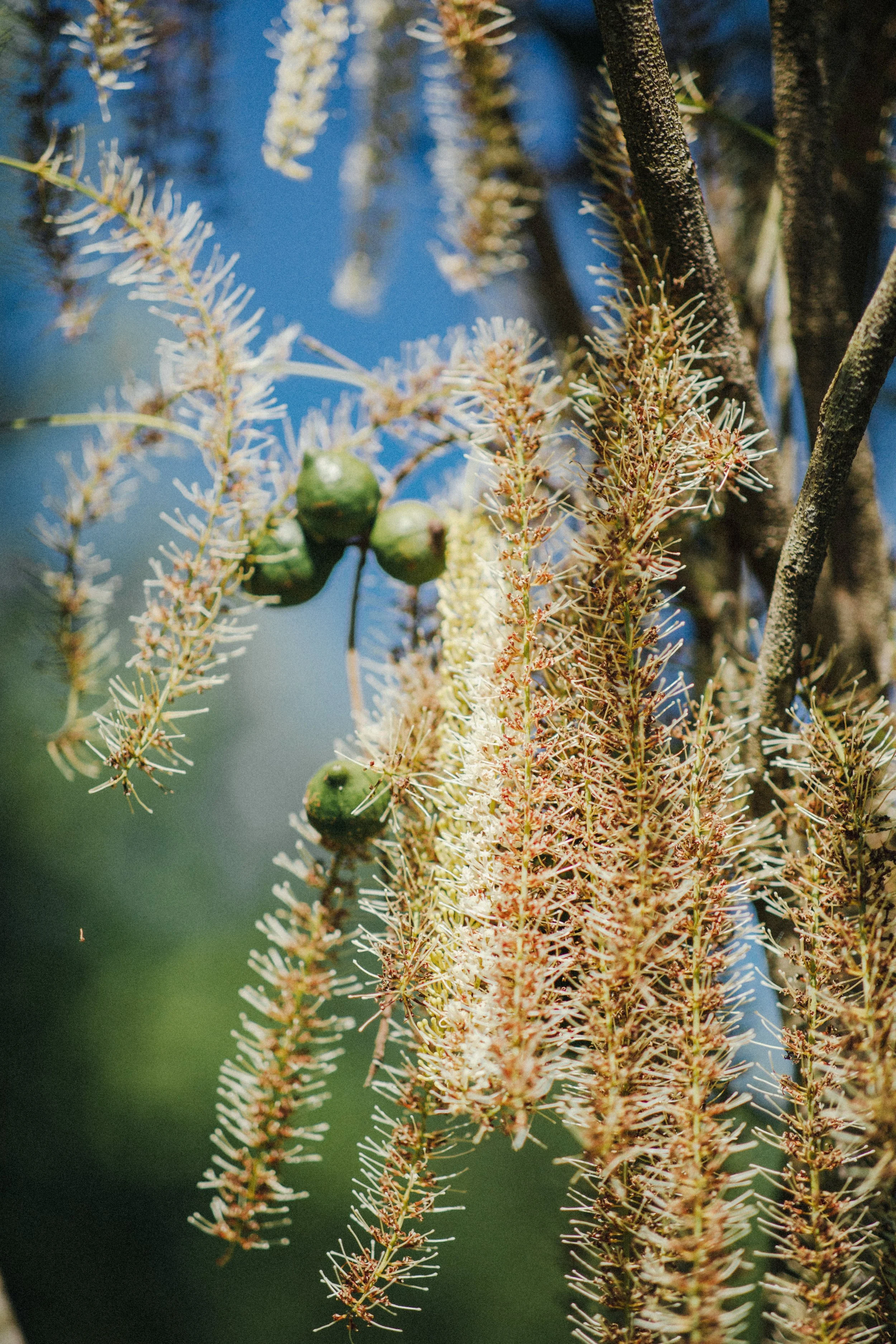Plant of the Month: Macadamia
Macadamia trees bloom in late winter to early spring, usually between August and October. During this time, their long creamy-white to pinkish flowers provide a vital nectar and pollen source for native stingless bees. Not only does this boost your local bee population, but their visits improve nut yields by encouraging better pollination between flowers and trees.
‘Beaumont’ is one of the best-known semi-dwarf types. It has a tidy, upright shape and starts producing early, making it popular in suburban gardens. Another good option is ‘A16’, which stays reasonably small but produces excellent nuts. ‘741’ is a less common variety but great for compact spaces and known for its high nut quality.
If you're limited on space, many gardeners plant two different varieties close together, even in large pots, to improve cross-pollination without taking over the whole yard.
While macadamia trees can self-pollinate to some extent, having two different varieties increases nut production significantly. Bees—especially native species—play a crucial role in transferring pollen between trees. If you want to get the most out of your tree, plant at least two compatible varieties nearby or graft different types onto a single rootstock. You’ll see a big difference in how many nuts your trees set.
These trees prefer full sun and well-drained, slightly acidic soil. In the first couple of years, regular deep watering is essential to establish healthy roots, though mature trees are relatively drought-tolerant. Fertilising two or three times a year with a native-safe formula helps encourage strong growth and flowering.
Maintenance is simple: prune lightly to maintain shape and mulch to retain soil moisture.
Macadamia trees are an excellent fit for Australian home gardens, offering beauty, food, and real support for our native bees. With the right variety and a bit of care, you’ll be rewarded with healthy trees, buzzing pollinators, and a bounty of homegrown nuts.
So whether you have a large backyard or just a sunny corner and a big pot, there’s probably a macadamia tree that will thrive at your place—and the bees will thank you for it.

